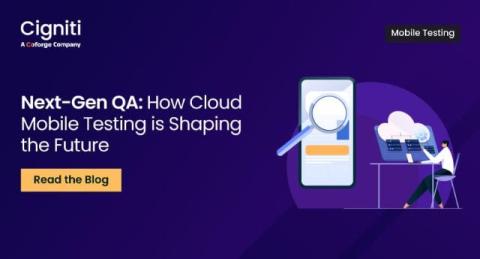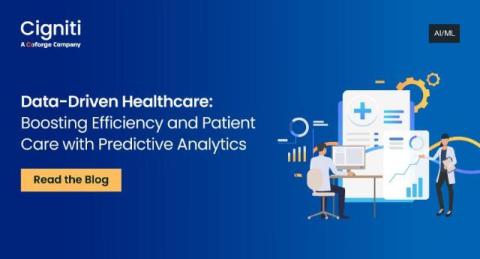Harnessing AI for Seamless Software Testing: The Self-Healing Revolution
What drives organizations to make the tough choices between speeding up releases, cutting costs, boosting product quality, and sparing time for innovation? One of the critical reasons is the time consumed in maintaining failed test cases and the inability to leverage AI in testing. Test automation is proving ineffective and outdated due to the high cost and time needed for maintenance.











